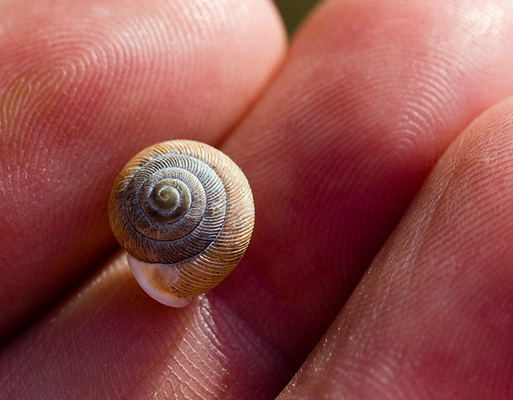
Being chained to your workspace and scarfing down a #saddesklunch is not only unhealthy, it’s downright counterproductive. At Cobalt, we believe in the value of taking a break — because we know it can lead to a breakthrough. Our art director and talented photographer, Mark Miller, has made a committed practice of taking daily photo walks — it helps him arrive at answers to problems he’s been mulling over.
We’ve compiled a slideshow of some of his favorite photos taken on these daily walks and some research on taking mental breaks. Take some time to scroll through. . . and then take a break of your own.

It can be tough to let go of the notion that you’re not working when you’re not at your desk — but some of your best thinking is likely to happen when you take a break. Taking a step back gives you a better sense of the bigger picture. You’ll be able to reassess your goals and priorities in order to ensure you’re focusing your attention on the tasks and projects that are most important.

According to the National Institutes of Health, physical exercise (PE) is a strong gene modulator that can actually introduce structural and functional changes in the brain. It has enormous benefits for both cognitive function and wellbeing, and is a protective factor for neurodegeneration — it actually improves brain plasticity, which is the brain’s ability to adapt over time.

“Idleness is not just a vacation, an indulgence or a vice; it is as indispensable to the brain as vitamin D is to the body, and deprived of it we suffer a mental affliction as disfiguring as rickets,” essayist Tim Kreider wrote in The New York Times. “The space and quiet that idleness provides is a necessary condition for standing back from life and seeing it whole, for making unexpected connections and waiting for the wild summer lightning strikes of inspiration — it is, paradoxically, necessary to getting any work done.”

The Pomodoro Technique posits that 25-minute intervals of work, followed by short 5-minute breaks, increase productivity and mental focus. It is named after the traditional tomato-shaped kitchen timer; tomato is “pomodoro” in Italian.

The British Journal of Sports Medicine published a study that concluded that exercise increases creativity completely independent of mood. Since many researchers in the past have theorized that exercise improves mood, which then in turn affects creativity, these scientists tested that theory. They found that was not the case, and instead found a significant increase between creative thinking scores while exercising and not exercising. Participants who were exercising had a much higher score in the flexibility test, which measures their variety of creative responses to a problem.

Our brains have two functioning modes – focused and diffused. When in the diffused state, our brain is more relaxed, and some studies have shown that we solve our most difficult problems in this state. Thus, breaks can lead to breakthroughs.

A study published in the Creativity Research Journal found that creative potential is greater upon completion of moderate aerobic exercise as compared to a control group. Additionally, creative potential was greater — as measured by the Torrance Test of Creative Thinking — following a 2-hour lag time, showing residual beneficial effects of aerobic.

“Never taking a break from very careful thought work actually reduces your ability to be creative,” says Kimberly Elsbach, a management professor at the University of California, Davis. “It sort of exhausts your cognitive capacity and you’re not able to make the creative connections [that] you can [make] if your brain is more rested. If you’re skipping lunch to continue to push forward in a very intense cognitive capacity, then you’re probably not doing yourself any favors.”

A 2011 University of Illinois study found that the human brain’s attentional resources drop after a long period of focusing on a single task, decreasing our ability to focus and hindering performance.

One key component of an effective break is psychological detachment, which refers to mentally disengaging from work thoughts, according to psychology research. By shifting our focus, detachment helps us to directly reduce work demands that are causing fatigue and to naturally recover.
So, take that break. Take a walk, exercise or engage in a creative pursuit. Your body, brain and boss will thank you. Need some ideas? Check out our blog on elevating your mind and lifting your spirits during quarantine.
CATHERINE WARGO ROBERTS
The original version of this page was published at: https://cobaltcommunications.com/recreation/
Cobalt works at the intersection of science and strategy, helping healthcare, medical, technology and scientific companies communicate more effectively with their internal and external audiences.
Most businesses appreciate the value of frequent blog posts for engaging potential customers, building brand awareness and establishing an authoritative voice in their industries. ...read more
Emails. Love them or hate them, they’re everywhere.That’s because email marketing is a proven way for marketers to connect with their target audiences. Organizations of ...read more
(Hint: It’s about People — and Always Has Been)In these uncertain times, one thing remains certain: advertising. In fact, according to data from Nielsen, staying locked ...read more
In order to help to contain the spread of COVID-19, many workers across the world (including all of us here at Cobalt) are now working from home — and this is a new frontier ...read more